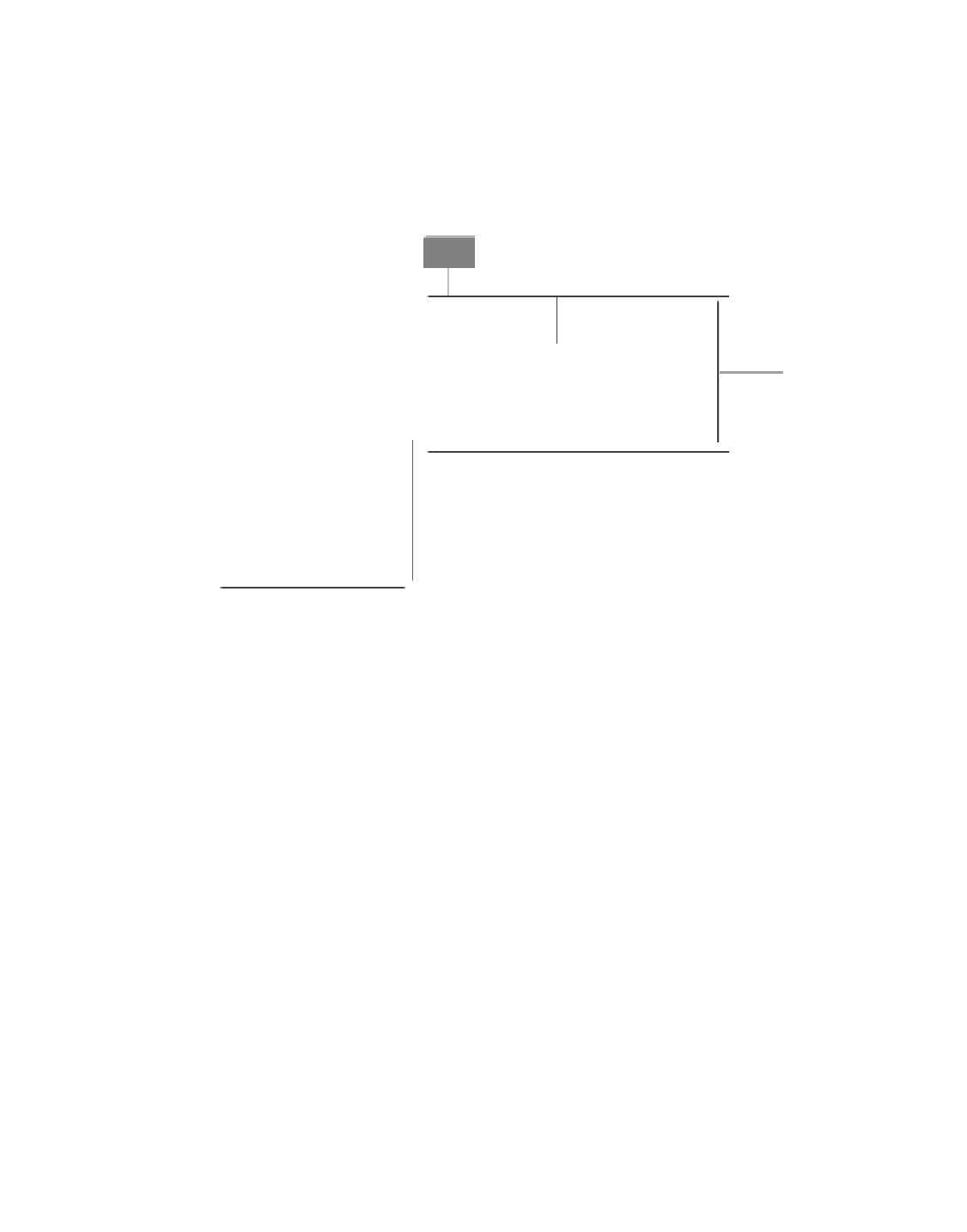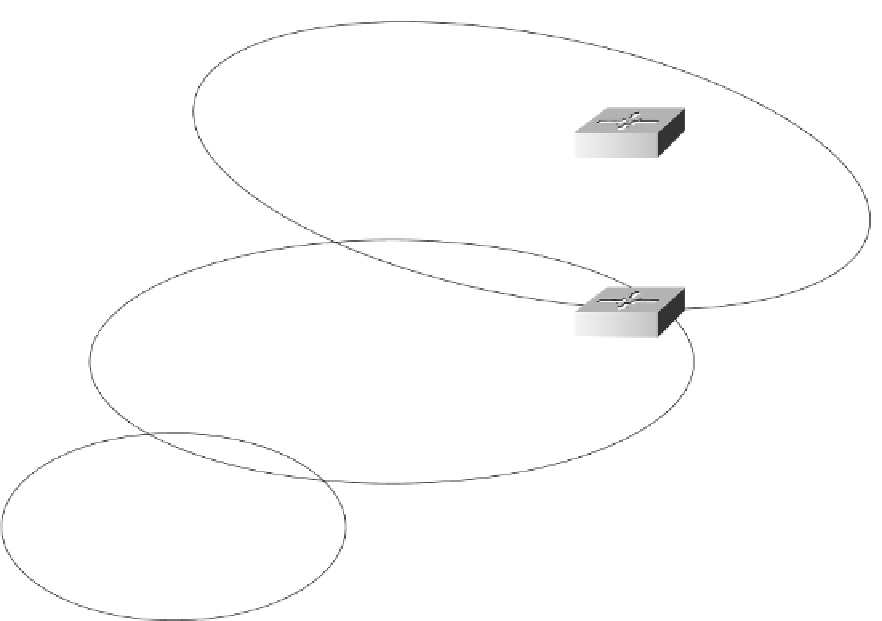Information Technology Reference
In-Depth Information
the logical cable is frequently a single physical cable, some sites use bridges to interconnect several
physical cables. Finally, an AppleTalk zone is a logical group of (possibly noncontiguous) networks.
These AppleTalk entities are shown in Figure 9-3.
Figure9-3
AppleTalk Entities
Zone C
Node
Network 1
Router
Node
Network 2
Node
Network 3
Router
Router
Network 4
Node
Node
Node
Zone B
Network 5
Router
Node
Zone A
Datagram Delivery Protocol
AppleTalk's primary network-layer protocol is the Datagram Delivery Protocol (DDP). DDP provides
connectionless service between network sockets. Sockets can be assigned either statically or
dynamically.
AppleTalk addresses, which are administered by the DDP, consist of two components: a 16-bit network
number and an 8-bit node number. The two components are usually written as decimal numbers,
separated by a period (for example, 10.1 means network 10, node 1). When an 8-bit socket identifying
a particular process is added to the network number and node number, a unique process on a network is
specified.
AppleTalk Phase 2 distinguishes between nonextended and extended networks. In a nonextended
network such as LocalTalk, each AppleTalk node number is unique. Nonextended networks were the sole
network type defined in AppleTalk Phase 1. In an extended network such as EtherTalk and TokenTalk,
each network number/node number combination is unique.
Zones are defined by the AppleTalk network manager during the router configuration process. Each node
in an AppleTalk network belongs to a single specific zone. Extended networks can have multiple zones
associated with them. Nodes on extended networks can belong to any single zone associated with the
extended network.

























